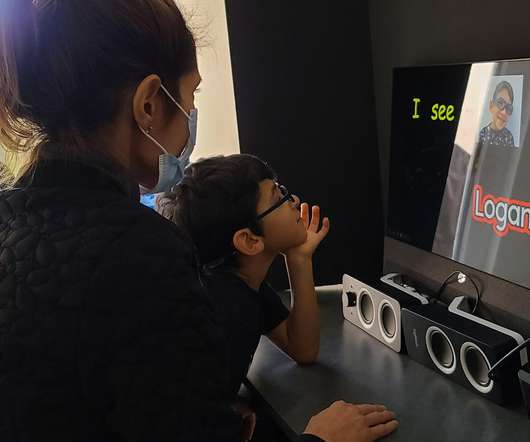COVID-19 Is Costing Visually Impaired Students Time That Can’t Be Made Up
Edsurge
DECEMBER 18, 2020
If I have a child who has a visual impairment and a hearing impairment, I’m going to use sign language with that child where their hands are going to be on top of my hands. On the flip side, technology caused stress in families where parents became navigators for students who could not use assistive technology independently.











Let's personalize your content